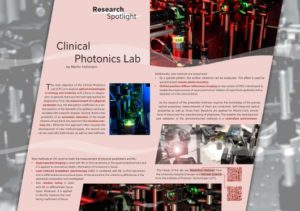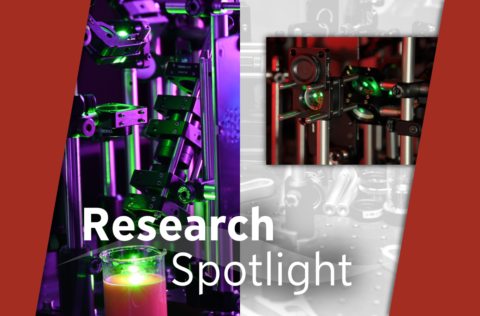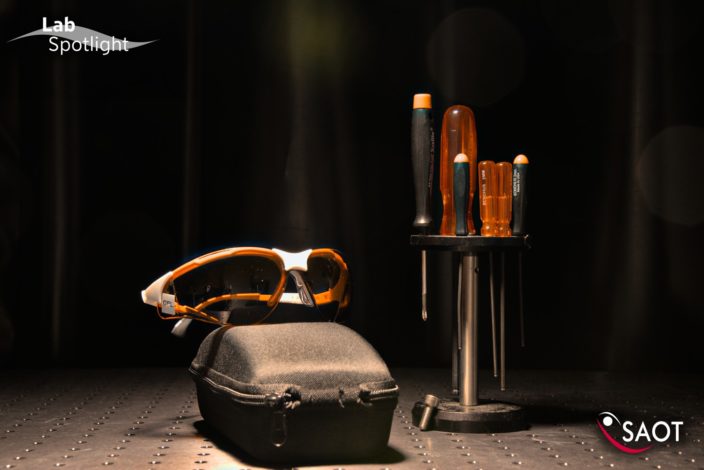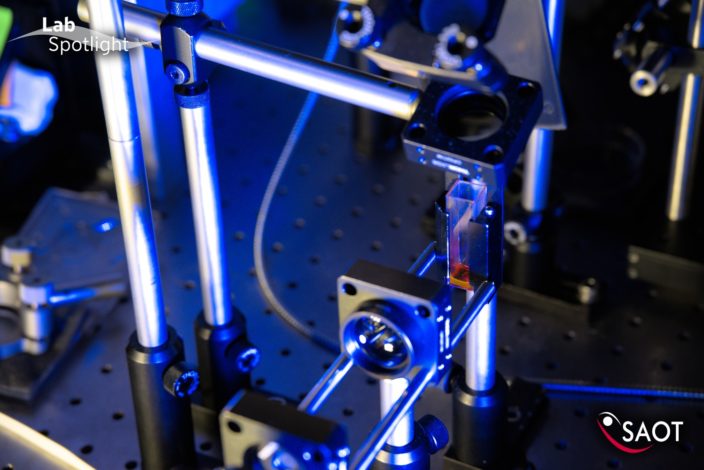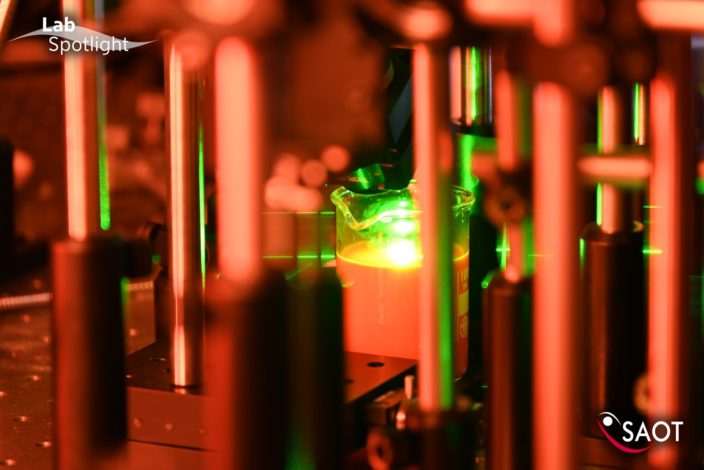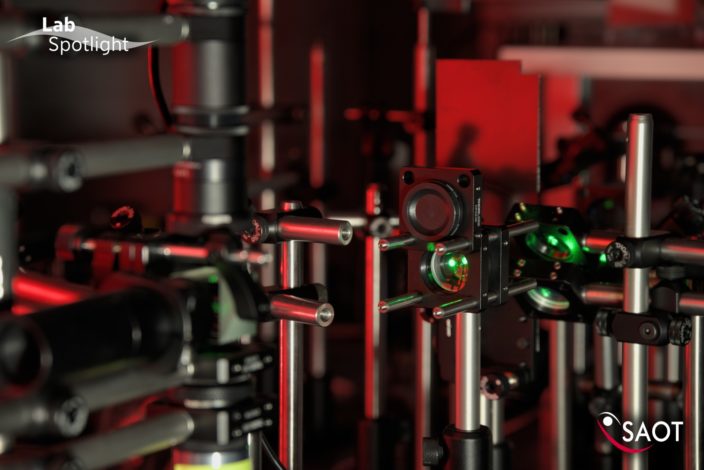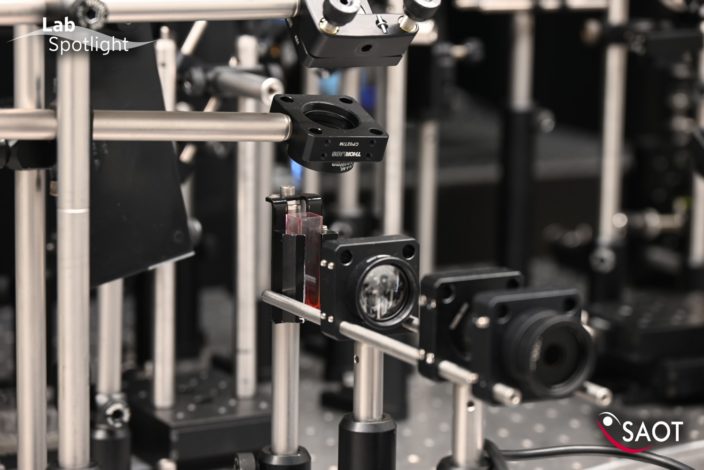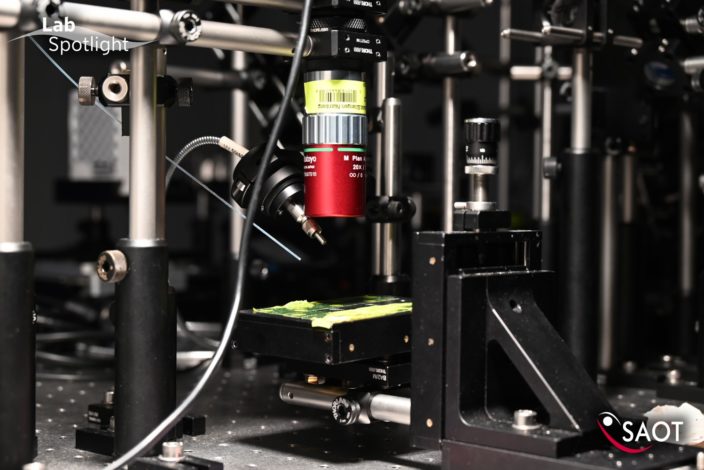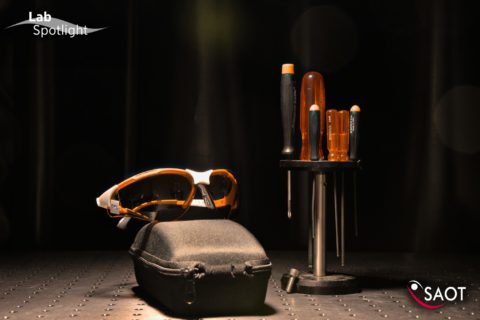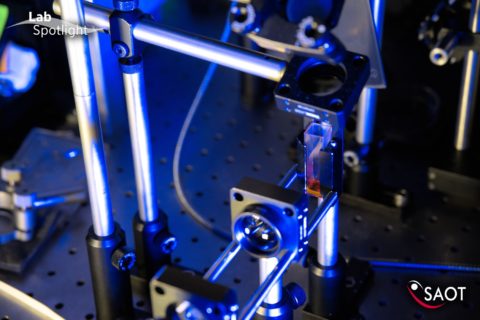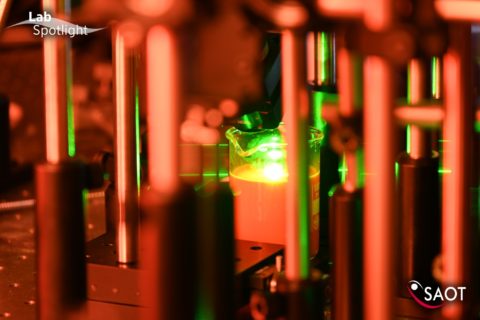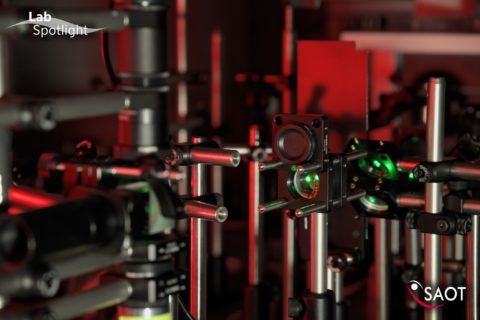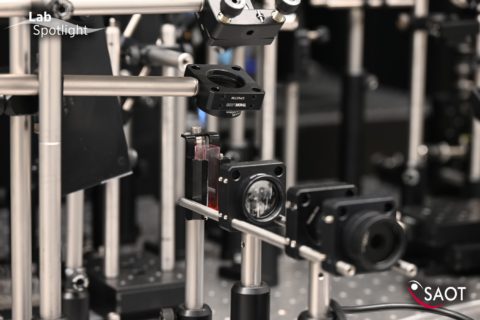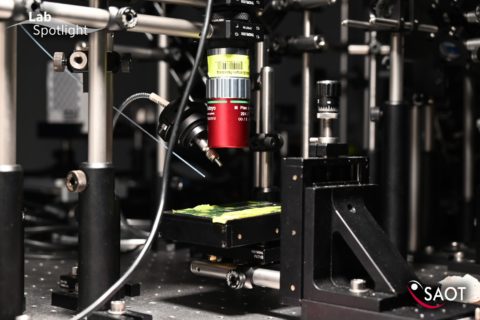Clinical Photonics Lab
The main objective of the Clinical Photonics Lab (CPL) is to explore optical technologies in biology and medicine with a focus on diagnostics. In general, there are two main approaches for diagnostics:
First, the measurement of a physical parameter (e.g. the absorption coefficient at a certain position or the diameter of a capillary) can be associated with a specific disease.
Second, there is the possibility of an automatic detection of the target disease using a black-box approach like machine learning (ML).
While the first approach often requires the development of new methodologies, the second one can be used with both known as well as new methods. Most methods in CPL build on both the measurement of physical parameters and ML:
- Hyperspectral imaging is used with ML to find carcinoma in the gastrointestinal tract and it is applied to reconstruct depth information of inclusions in tissue.
- Laser induced breakdown spectroscopy (LIBS) is combined with ML to find carcinoma and to differentiate among tissue types. At the same time, the underlying differences in the elemental composition are investigated.
- Also random lasing is used with ML to differentiate tissue types. Moreover, it is applied to directly measure the scattering coefficient of tissue.
Additionally, new methods are researched:
- By a speckle pattern, the surface vibrations can be measured. This effect is used for speckle based remote photo-acoustics.
- Shifted position-diffuse reflectance imaging as new variant of diffuse reflectance spectroscopy (DRS) is developed to enable the measurement of vasoconstriction/-dilation of superficial capillaries with a diameter of a few micrometres.
As the research of the presented methods requires the knowledge of the precise optical properties of the materials, measurements on them are conducted as well. Self-measured optical properties as well as those from literature are applied for Monte-Carlo simulations of tissue and the manufacturing of phantoms. This enables the development and validation of the aforementioned methods in a controlled environment.
The heads of the lab are Prof. Dr. med. Maximilian Waldner from the University Hospital Erlangen and Prof. Dr.-Ing. Michael Schmidt from the Institute of Photonic Technologies.
Text by Dr. Martin Hohmann, images by Dr. Max Gmelch.
